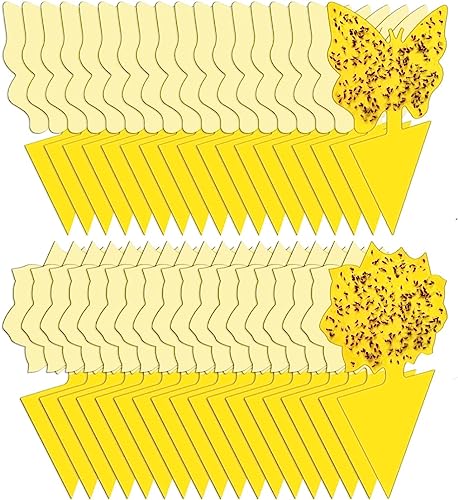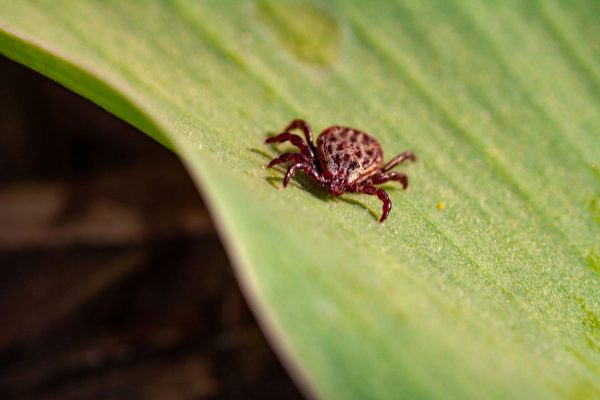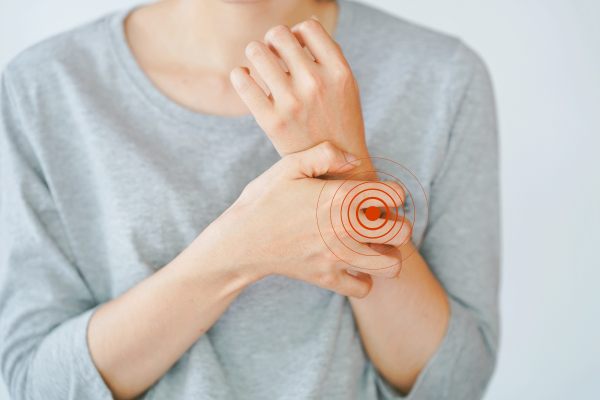Fungus gnats are indeed annoying. They are one of those pests that nonchalantly intrude on a home for houseplants to feed on. However, have you ever wondered if they can survive outside? We are also curious about that, so we conducted thorough research to know the answer.
These fungus gnats are not just picky about indoor potted plants; they also enjoy attacking outdoor plants. And we can frequently see them in our backyards, which means they can survive outdoors. Although adult fungus gnats can be a problem, your plants and grass may be most at risk from their larvae.
As annoying as it may be to come across a gnat infestation outside, they are not unbeatable. To effectively get rid of this pest, it would be best to recognize and understand it first. And to do that, we suggest you keep reading. Doing so will also help answer some of your additional questions. Read on!
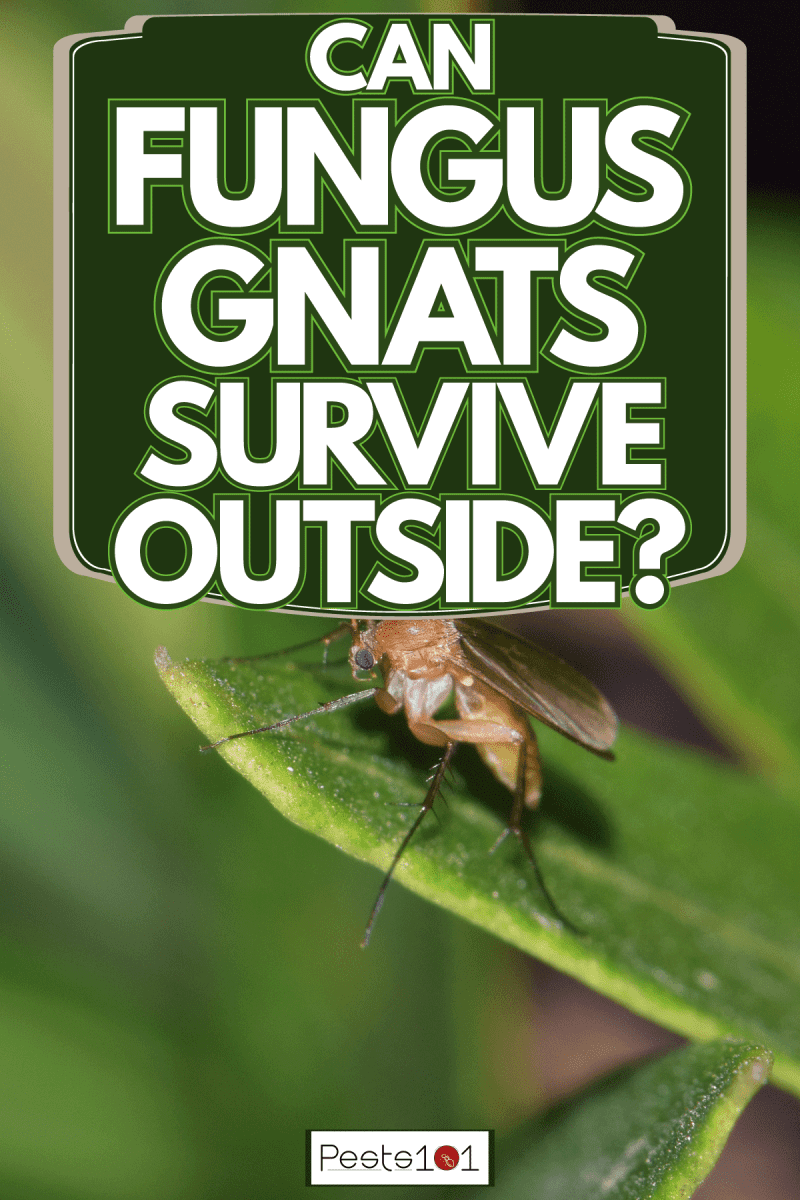
How To Determine Fungus Gnats
Gnats are incredibly tiny, yet the damage they inflict is enormously vast. In addition to occasionally biting, they also consume plant roots. Although you can distinguish them by size, gnats and mosquitoes are sometimes confused.
- Fungus gnats typically grow to a length of 1/8-inch, while mosquitoes grow to a length of 1/4-inch.
- Gnat larvae are 1/4-inch long, and white or clear in color.
- Fungus gnats have a body color of black or brown, six long legs, and lengthy wings.
- When mosquitoes bite, they pierce the flesh. But a biting fungus gnat will slice into the skin.
- Given how quickly they produce larvae and increase in quantity, leaving gnats unattended in the home or yard can be hazardous. They can persist even more extended than flies and mosquitoes due to their poor flying abilities.
- Because they have the capacity to harm plants and grass, fungus gnat larvae are typically more of a worry to people than adult gnats. Gnat larvae can even destroy plants with severe gnat infestation because of their persistent feeding habits and propensity to transmit illness.
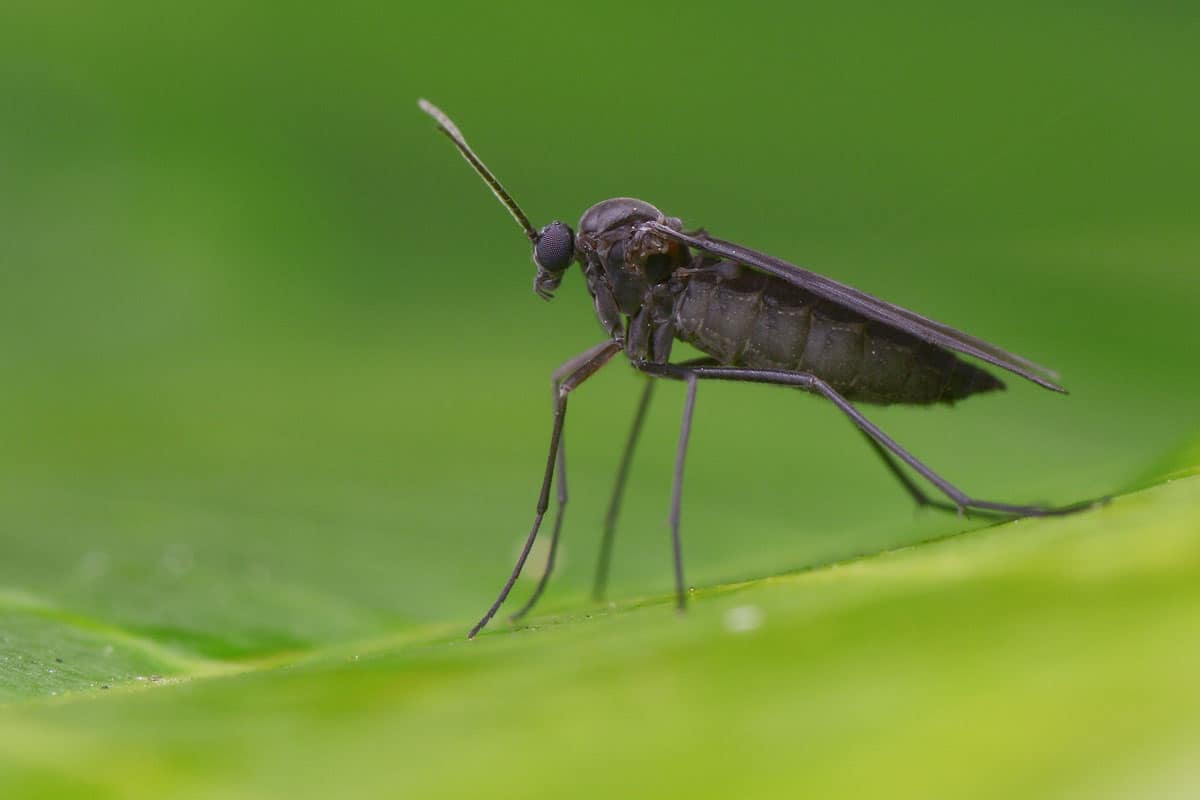
It would be best to deal with fungus gnats as soon as you discover them because leaving them will give them the chance to feed and grow. Additionally, they will expand quickly and start reproducing inside and outside your home.
How to Examine Fungus Gnats
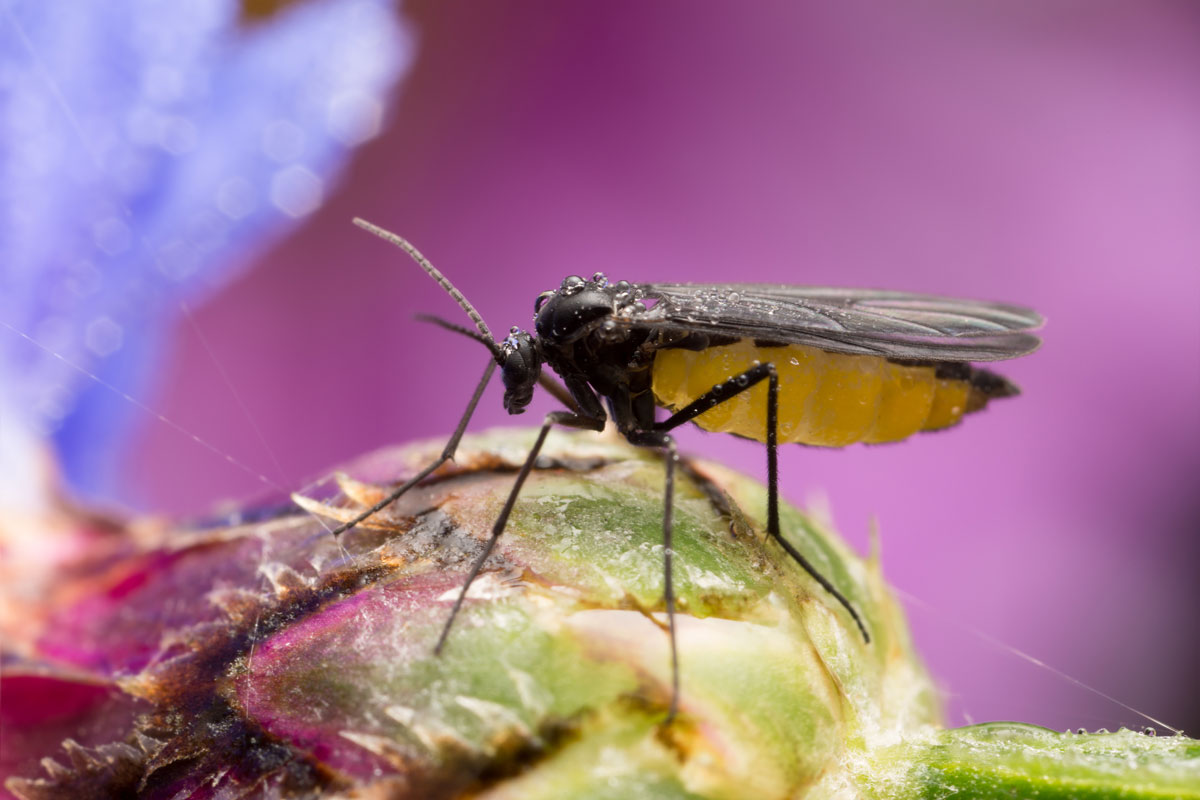
The next step is to find out where the fungus gnats are congregating and the extent of the infestation once you have verified that you are dealing with them.
Gnats don't just appear in your garden or yard for no cause. They frequently come to your home because of a fungus source, wetness, or rotting organic materials because these are ideal locations for them to deposit their eggs.
Where To Search For Fungas Gnats?
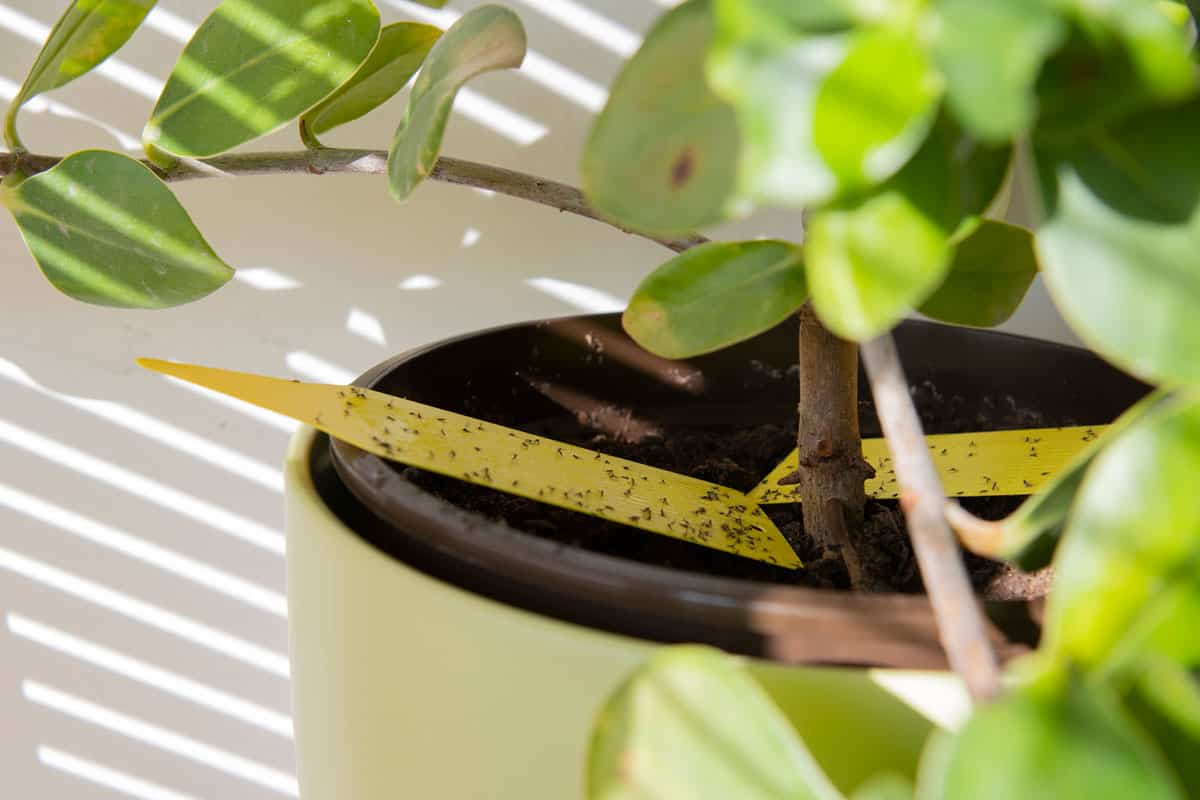
Inspect your garden and yard to determine where the gnats are congregating. Any wet location pulling them over could be from a plant that has contracted a fungal disease or another source.
What Signs Do Fungas Gnats Leave Behind?

Fungus gnats or their larvae should be your target when searching. Outside, you can find fungus among decaying firewood, compost piles, dead leaves, and other debris, as well as in shady places with lots of mulch that may have received too much water. Verify your surroundings for any mold, fungus, or dead plants.
How To Prevent Fungus Gnats?
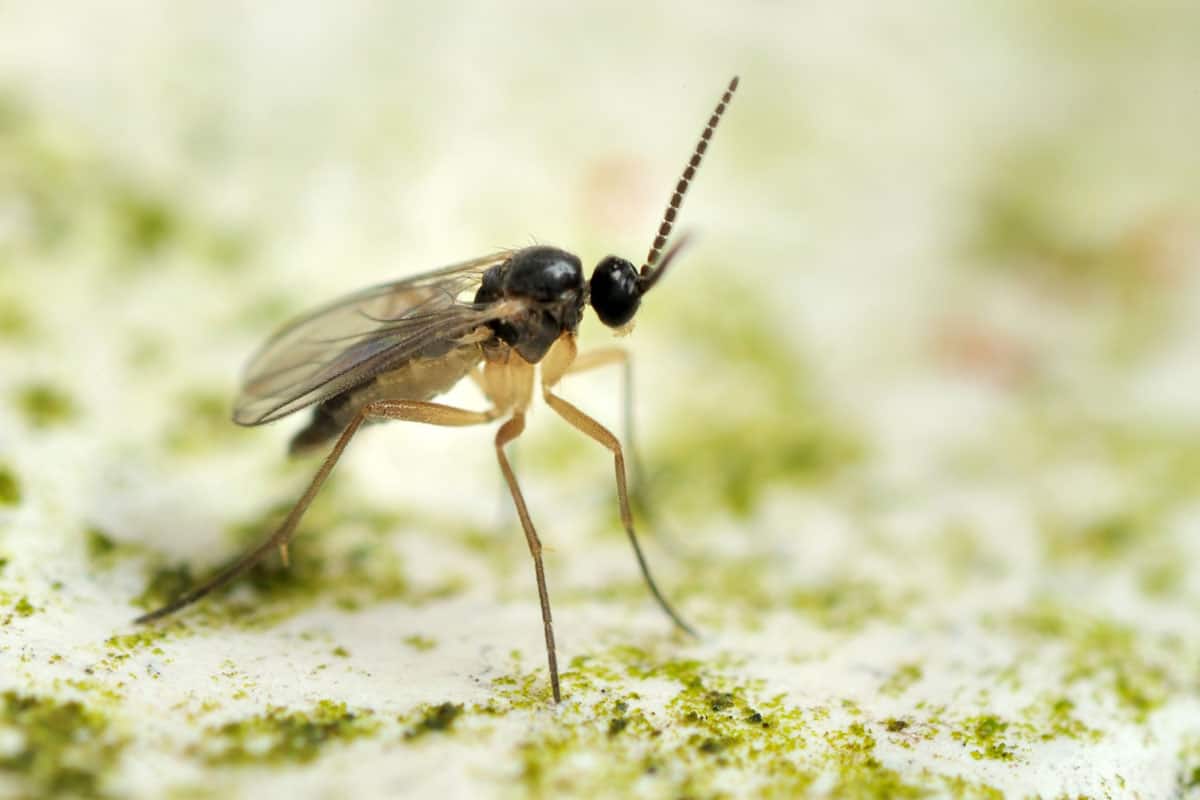
You must take steps to prevent fungus gnats from returning if you have already got rid of them.
Water When Dry
You should water your lawn 1-1.5 inches each week. Ensure that the soil is entirely dry and free of any water logging after watering your plants. Fungus gnats have a greater tendency to degrade in environments with less moisture. Improved drainage will result from soil amendment in the garden.
Additionally, you should change the water in the birdbaths and other containers every day.
Collect The Fallen Leaves
Gather all of the fallen leaves after trimming your garden and get rid of them immediately. Additionally, remove all the dead plants, leaves, and other organic things that decompose in the garden.
And it would be best to cover the trash cans outside your home. Lastly, as soon as the trash cans are full, dump the waste and cover it with new garbage bags.
How To Eliminate Fungus Gnats?
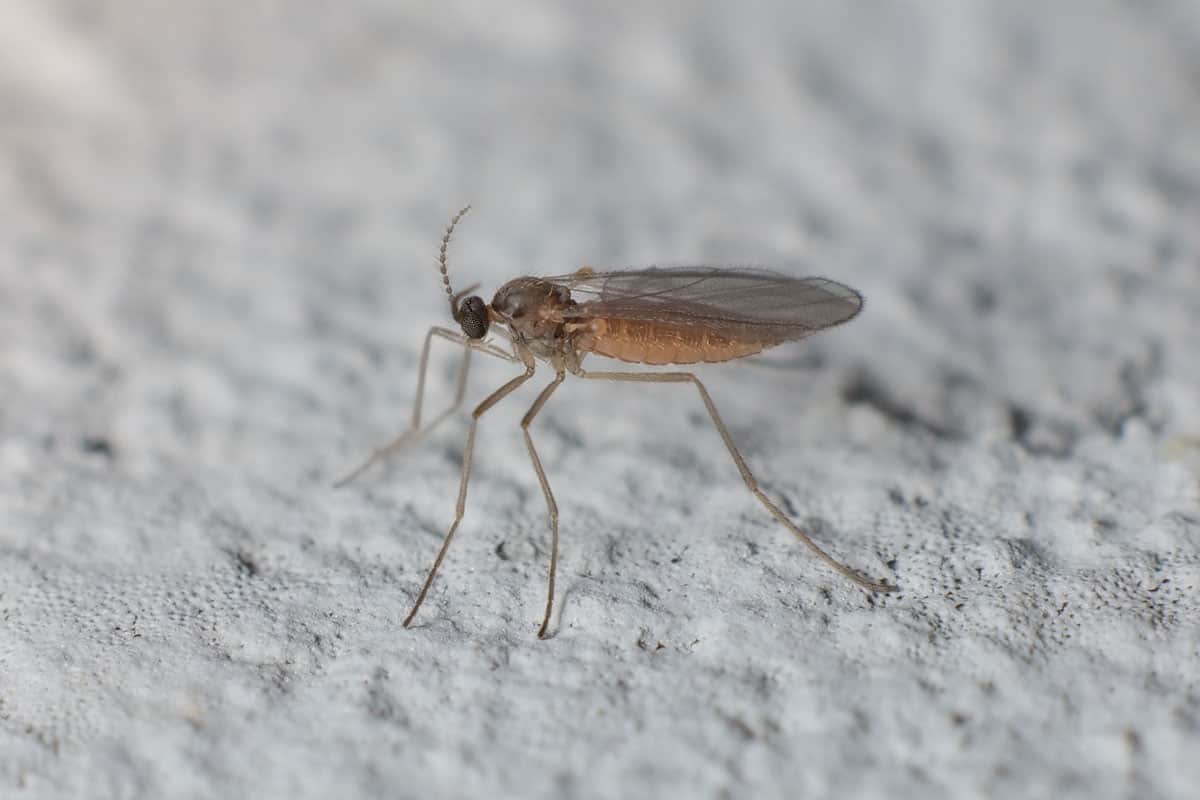
Here's how to get rid of the tiny gnats that hang out around your houseplants:
Separate New And Infected Plants
Keep any new houseplant you bring home, at least for a few weeks, apart from your existing plants while you check to see if it's hiding any unwanted guests. When you notice insects on a plant, you should take the container and place it safely apart from the rest of your plants.
You can put a 1/4-inch slice of raw potato on the soil surface. Doing such will show you whether those insects are fungus gnats or not.
Let The Soil Dry Before The Next Watering
Fungus gnats thrive during the winter when gardeners unconsciously continue to water those plants as frequently as they did during the summer because their larvae prefer to live in the top few inches of moist soil and like to lay their eggs there.
Before you water your pots again, let the soil in the pots dry to a depth of two inches. However, to avoid killing your plants in the process of eradicating their pests, don't let the soil dry out for extended periods -water sparingly between.
Think Through Carefully Before Using Insecticide
If you don't have any pets, you could wish to attempt pyrethrin solution spraying on your plants and the soil's surfaces. Pyrethrins won't affect humans because these are natural insecticides, but cats and fish are said to be particularly vulnerable to this toxin.
Even though some sources suggest using a dish soap solution, its grease-removing abilities can also strip plants of their waxy coating.
Applying insecticides often is necessary to control freshly emerging bugs since the larvae are unaffected by them. Using a mix of sticky traps and soil drenches would likely be preferable.
Read: "Does Bonide Kill Fungus Gnats?"
Incorporate Sticky Traps
Put the sticky traps horizontally on the soil surface of your plants or hang them from metal holders above the soil. The adhesive covering on those traps allows it to catch adult gnats and pupae just starting to emerge from the ground.
Check out these sticky traps on Amazon.
Use Mosquito Dunk
Another option is to immerse a mosquito dunk in water that contains beneficial bacteria overnight in a gallon of water. Use that water as a continual drench the following day.
Check out these mosquito dunks on Amazon.
Use Apple Cider Vinegar
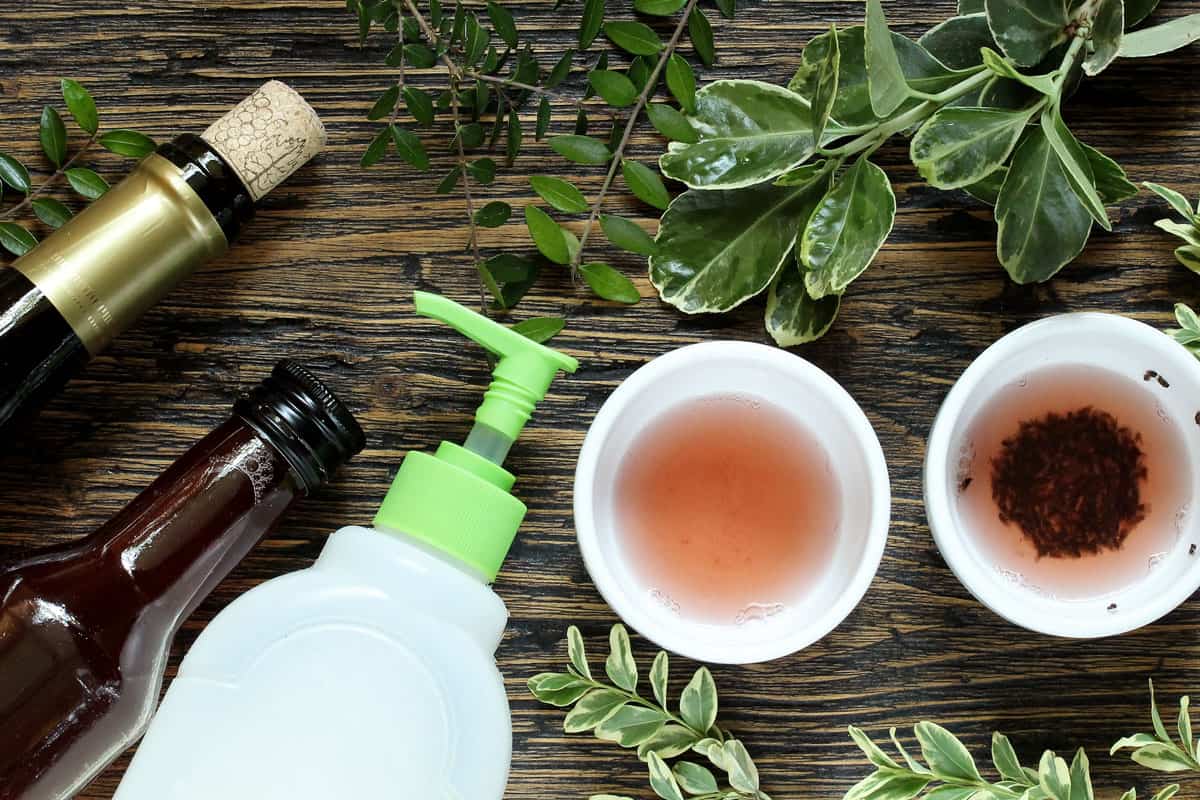
If you'd rather not use insecticides, try using a shallow container to add equal parts of water and vinegar and a few drops of dish soap. Place the container of the solution close or even on top of the soil of an affected plant, ensuring that it is at least 1/4-inch deep.
The soap should clean the gnats' clocks after the vinegar has drawn them into the mixture.
Throw Away The Soil's Top Layer Outside
Getting rid of the top two inches of contaminated potting soil is also a good idea. After removing, throwing away, and restoring that dirt, it would be best to spread around 1/2-inch of sand over the area.
Sand dries very rapidly and doesn't contain any of the rotting organic detritus that fungus gnats adore, so they will refrain from attacking your houseplant.
Avoid Future Infestations
Always put your plants in sterilized potting soil, and after opening the soil's bag, keep the remaining soil in a tight container to avoid more infections. Additionally, it would be best to incorporate compost into potting soil if it is totally processed and sterilized.
You can free the compost or potting soil from bacteria or fungus gnats by solarizing it. To achieve this, bury the soil no deeper than eight inches, flattening it within a sealed plastic bag. After which, leave it exposed to sunlight for at least a month on an elevated surface.
You may frequently stop indoor fungus gnat infestations by giving your plants more frequent repottings with fresh potting soil before they get out of hand.
Read: "What Pests Are Eating My Aloe Vera?"
Wrap It All Up
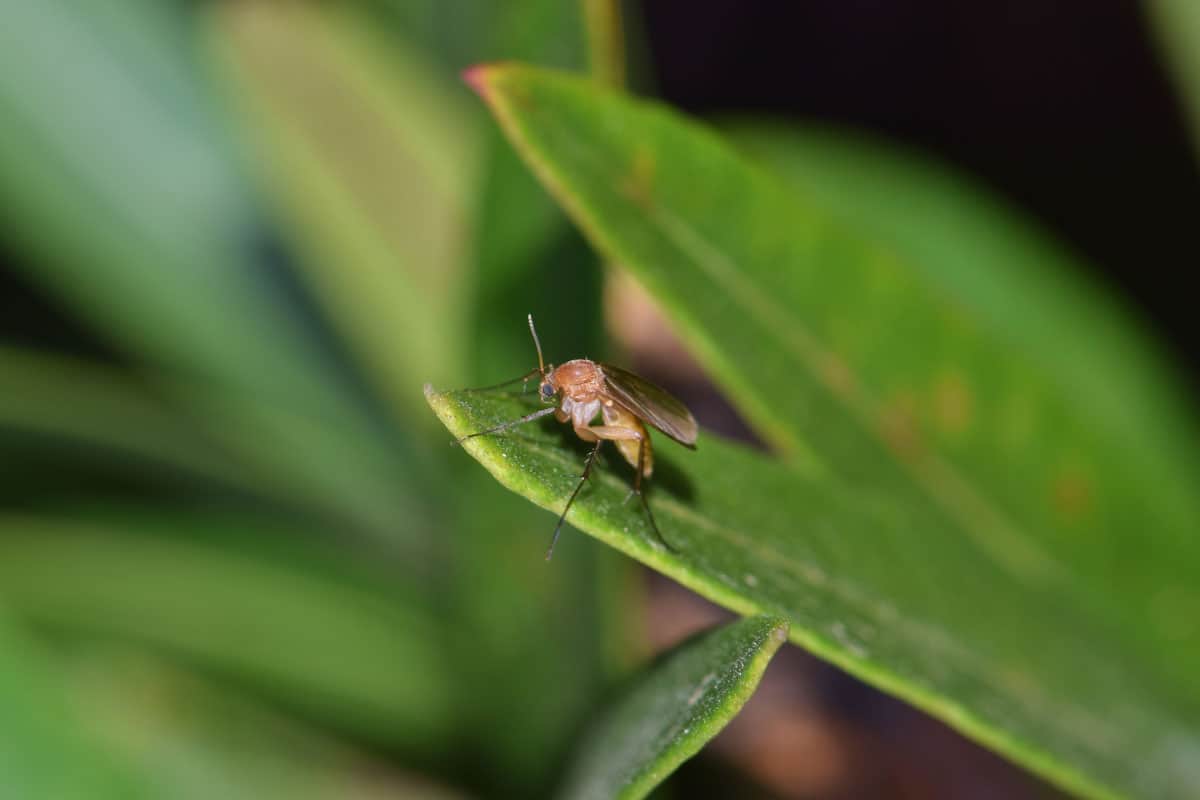
Even though you can find them outdoors, fungus gnats that survive outdoors usually don't cause significant issues in such open areas. However, it doesn't change the fact that they are pests, so eliminate them immediately by following the methods above.
We hope you find this post helpful. Feel free to leave a comment below if you have additional questions.

